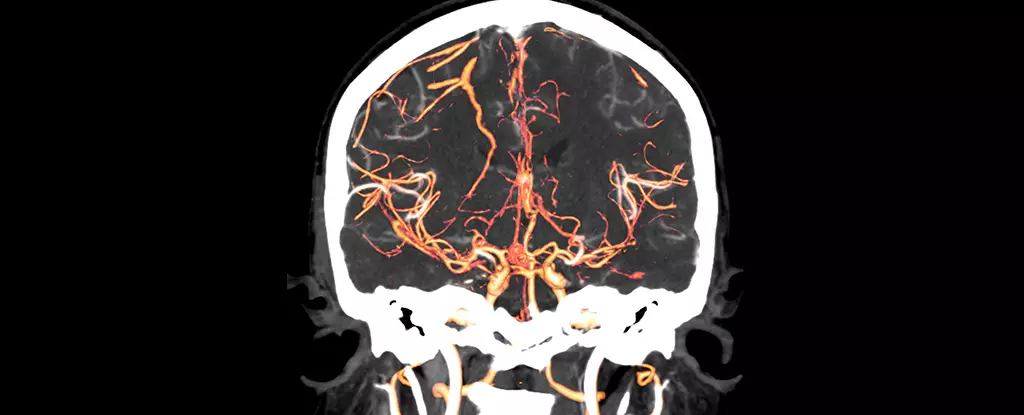Recent research in the field of neuroscience has shed light on potential locations in the brain where schizophrenia may first emerge. Through a groundbreaking analytical process called ‘epicenter mapping’, a team of international researchers studied the brain scans of over 1,000 individuals with schizophrenia and compared them to those of healthy controls. While the data showed that schizophrenia can originate in various areas of the brain, abnormalities in two specific structures, Broca’s area and the frontoinsular cortex, were identified as significant. These regions are known to be associated with language and emotional processing, suggesting a potential link to the symptoms of schizophrenia.
Implications for Diagnosis and Treatment
The discovery of these specific brain structures as potential epicenters of schizophrenia could have important implications for the diagnosis and treatment of the disorder. Psychiatrist Lena Palaniyappan from McGill University highlights the importance of understanding that each individual with schizophrenia may have a unique starting point in the brain, which could explain the differences in symptoms observed. By pinpointing these abnormalities early on through brain scans, medical specialists may be able to tailor treatments more effectively, especially those focused on language and communication.
One of the challenges in treating schizophrenia is the variability in how the disorder presents in different individuals. While there are therapies available that can be beneficial, it can be difficult to predict which patients will respond positively to them. The use of epicenter mapping holds promise in helping identify those who are more likely to benefit from specific treatments, ultimately improving the outcomes for individuals with schizophrenia. This approach could also provide valuable insights into whether schizophrenia is a single illness or a collection of distinct conditions.
Schizophrenia is a complex neurological disorder characterized by impaired thinking and perception, affecting a significant portion of the global population. The exact causes and processes involved in schizophrenia are diverse, making it challenging to predict who may be at risk. Research has revealed intriguing connections, such as the potential link between cat ownership and schizophrenia risk, as well as indications that brain abnormalities associated with the disorder can begin in the womb. Understanding the origins and progression of schizophrenia is crucial for developing more effective management strategies and potentially finding a cure.
Looking Towards the Future
The use of innovative techniques like epicenter mapping offers new possibilities for identifying the underlying brain abnormalities associated with schizophrenia. By detecting these changes in the brain before noticeable symptoms manifest, researchers and medical professionals can intervene early and potentially alter the course of the disorder. Computer scientist Jianfeng Feng from Fudan University emphasizes the importance of leveraging advanced technologies to pinpoint the regions of the brain most affected by schizophrenia, paving the way for more targeted interventions and, ultimately, a brighter future for individuals living with this challenging condition.


Leave a Reply